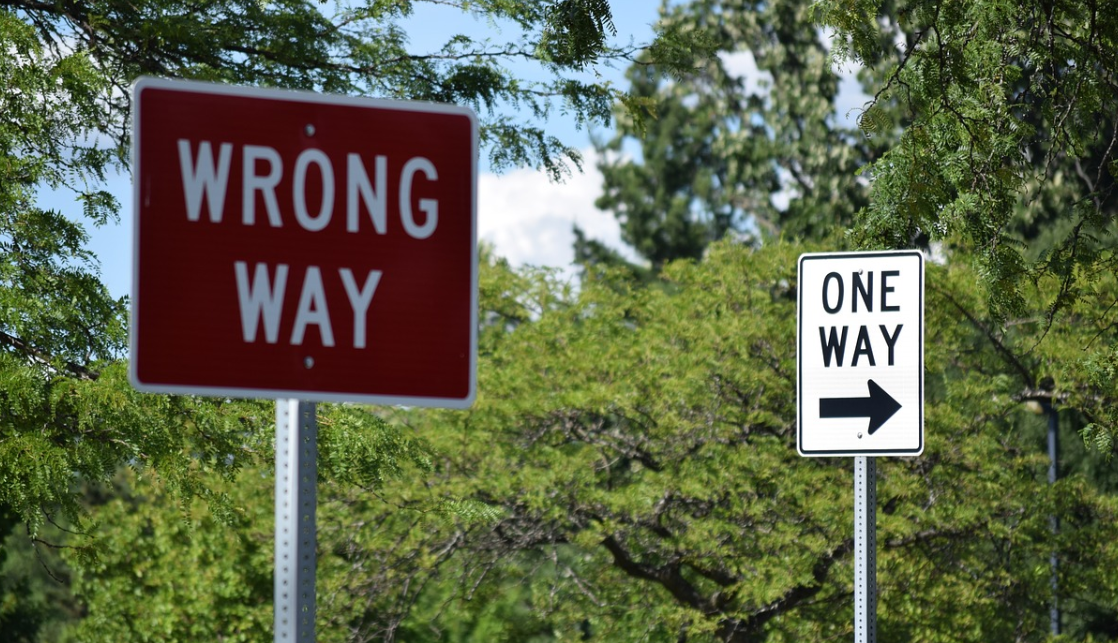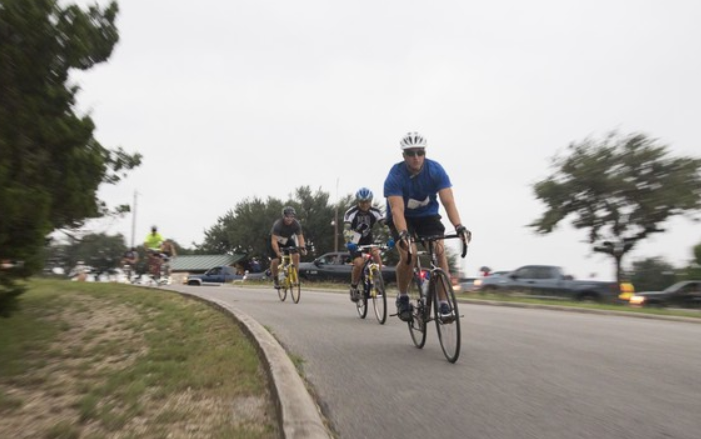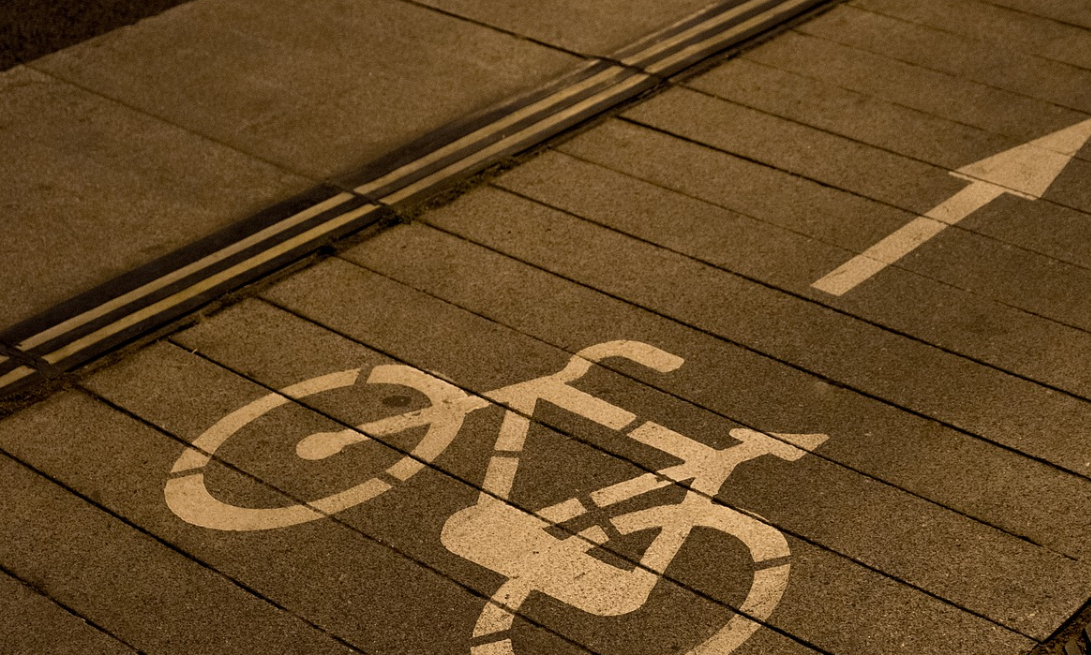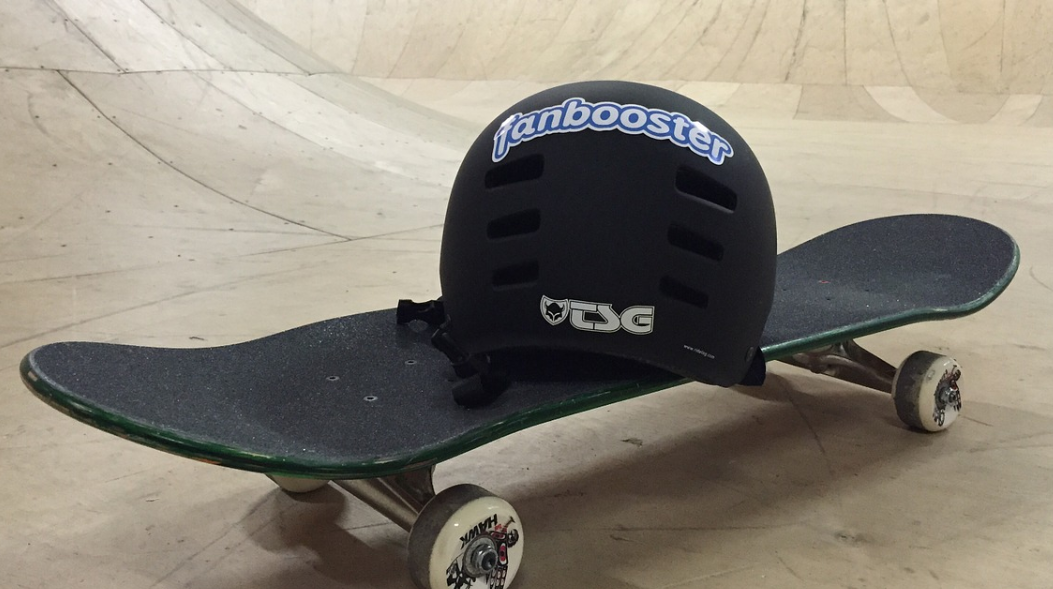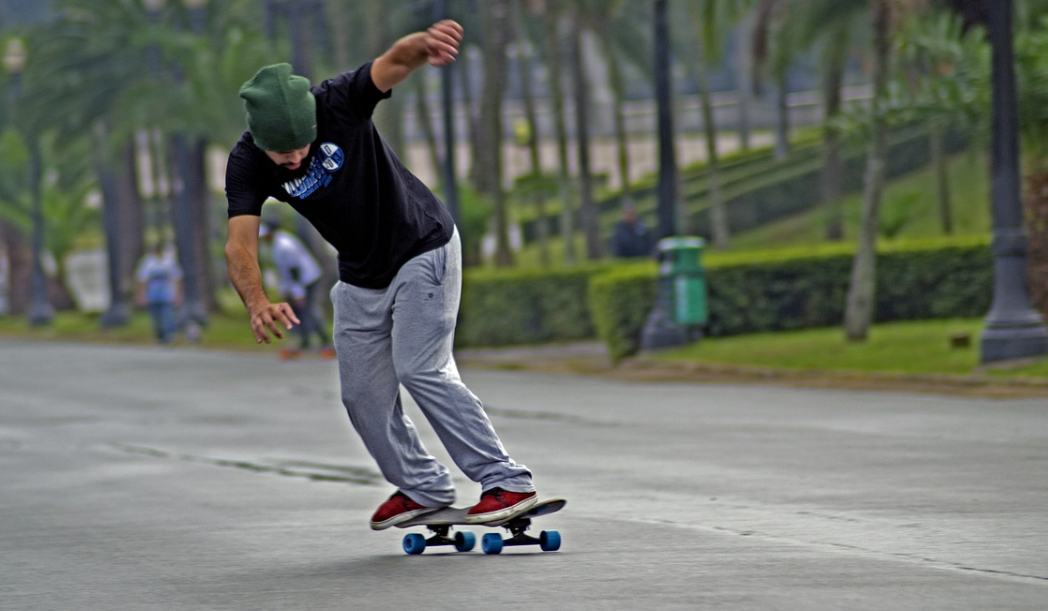How To Ride Bicycles Safely On The Road
This is a guide to riding bicycles safely on the road, and it will be especially useful to new cyclists, or to cyclists who have no previous experience of riding their bikes on the road. Even experienced cyclists might need a refresher too. Whatever level you are as a cyclist, make sure you follow this guide to ensure that you stay safe while riding your bicycle on the road.
Dress Right
A helmet is the most essential piece of equipment to assure safety while riding your road bike. Actually, this should be worn wherever you’re cycling. But besides a helmet, make sure that your attire is suitable for cycling too.
This means that you should be wearing comfortable road cycling shoes that will aid pedaling, you should make sure that your trouser cuffs are tied back, if they are loose, so that they don’t get caught in the spokes, and make sure all your clothes are secured to your body.
The number one element to keeping safe is making yourself as visible to drivers as possible, so fluorescent, bright, or reflective clothing and bibs are recommended too.
Know the Laws
It doesn’t matter where in the world you are riding your bicycle, there will be specific laws to keep you safe, and also to keep those around you safe. In some places, for example, you will have permission to cycle on the sidewalk, and in other places, you won’t be required to wear a helmet – although, you should, regardless of the law. To keep yourself safe, make sure you’re following the rules of the road.
Signal Clearly
Even if you know you want to turn left or right, the drivers around you won’t have this knowledge. Whenever you turn you must clearly signal with the suitable arm. Don’t do this quickly or half-heartedly, keep your arm stiff, and don’t let it drop until you have started to turn. If you cycle the same way to work or home every day, you might forget to do this, as the route is so well-known to you, but forgetting to signal clearly could put you in danger.
Stay Away from the Kerb
No one wants to find themselves in the gutter. You need to keep this in mind while cycling. Keeping away from the curb makes you more visible to other road users. The closer you are to the curb, the more chance of an accident, as there are drains and potholes that could cause you to come off your bike.
The gutter is also where water will collect, sometimes it will be dirty and slimy too, so it heightens the chance of skidding and falling from your bike. Stay safe by staying out of the gutter.
Be Vigilant for Car Doors
There are many city cyclists with tales to tell about how they cycled into an open door and went flying from their bike. When you’re cycling on the road, there’s a good chance that cars will be lining the pavement. And, actually, even if you’re cycling on a bike lane, you could also have the same problem. Watch out for car doors, they open in a moment, and if you’re not vigilant, then you could cycle straight into them.
Keep Your Ears Open
It can be tempting to put your headphones on while you’re riding your bicycle on the road, but if you’re listening to your favorite song, then you won’t be listening to the sounds around you. To ride your bike safely on the road, you must be able to hear everything that’s going on, including car horns, emergency vehicle sirens, and bells from other cyclists.
Use Bike Lanes
Wherever it is possible to use a bike lane instead of the road, then choose this option. You will be much safer on these lanes, but remember, they are not without risks too. Bike lanes often run parallel to roads, and often cars will ignore them when they are merging or turning. As ever, to keep safe, then keep your eyes and ears out for what the cars are doing around you.
Choose the Right Bike
Some bicycles are better suited to riding on the road than others. The last thing you want to be riding on the road is something large and unwieldy. You need a bicycle that has been designed for cycling on the road, such as a commuter bike or a road bicycle.
Be Visible
Making yourself visible is rule number one when it comes to riding bicycles safely on the road. Lights for the front and back of your bicycle are absolutely necessary, and you should be able to illuminate yourself whether it is night or day.
Weather conditions can quickly change, and when the dark clouds come over, then you will remain safe with lights on your bicycle. Clip-on lights are recommended, as you can remove them when you lock up your bike, which will reduce the chances of them getting stolen.
Always be Ready to Brake
There are so many unknowns when you are cycling on the road. Drivers and other cyclists can be unpredictable. Cars might pop out of places you wouldn’t expect. To ensure safety, then have your hands in a good position to brake at all times.
Keep Calm
Cycling on the road is a high-pressure situation with danger around every corner. It’s natural to be worked up, and if someone cuts you off, forcing you to come to a sudden standstill, then you might be tempted to flip them the bird or give them a piece of your mind. But this will just put you in unnecessary danger. Take a deep breath and keep cycling. This is the best way to stay safe on the road.
Items to Keep You Safe
The following items should be with you at all times to keep you safe on the road:
• A patch kit, in case of punctures.
• Bicycle pump, in case the pressure on the tires go.
• A tire lever, in case you need to remove the tire.
• A multi-functional bike tool that includes a wrench, for all those roadside emergencies.
There you have it. If you follow this guide to riding bicycles safely on the road, then you’ll have no injuries or issues, and you can just get on with the pleasure that cycling on the road can give you.
If you liked the article, please leave your feedback.

